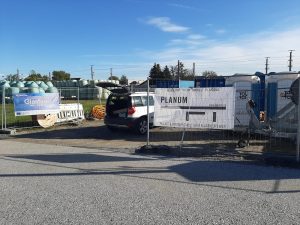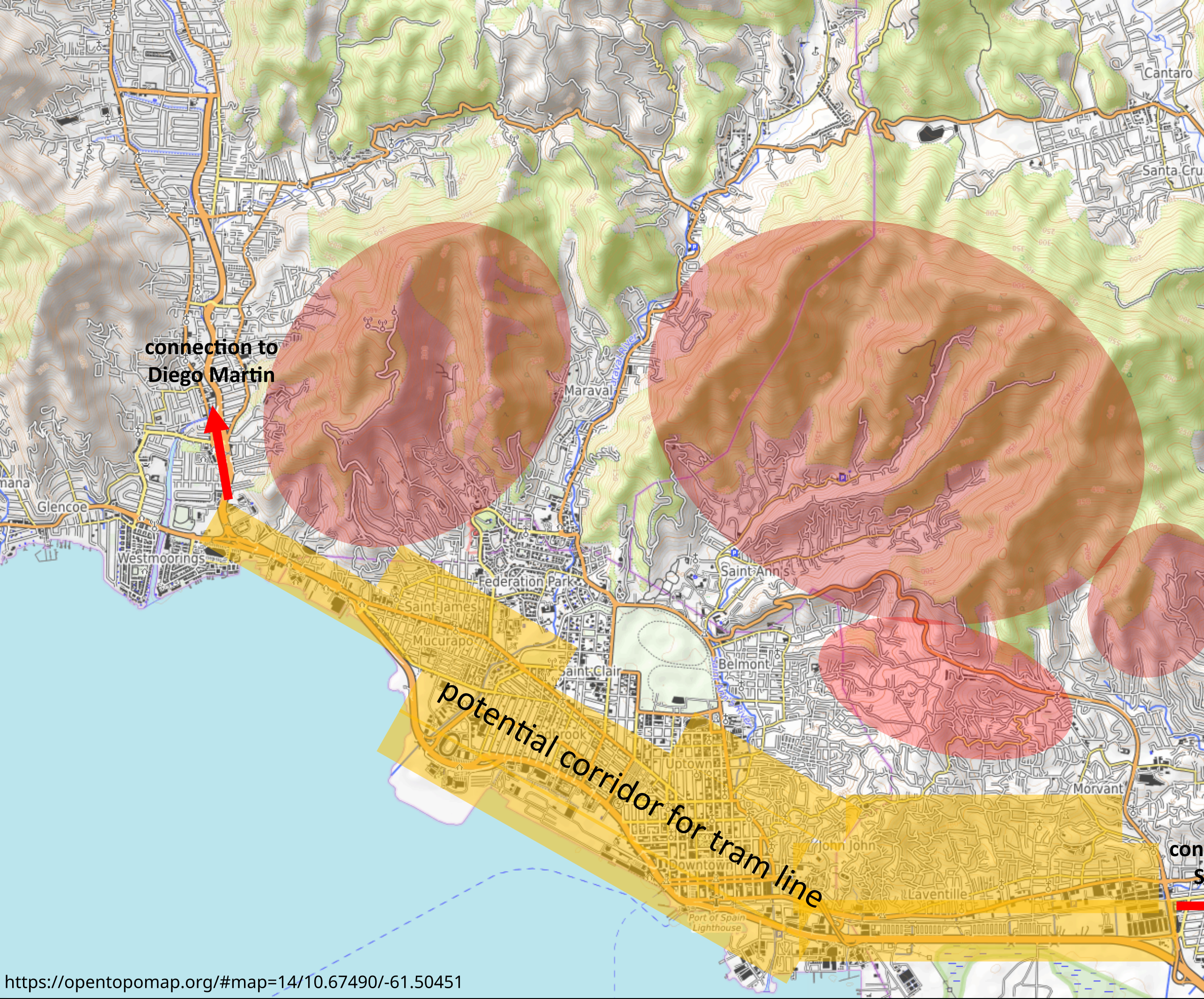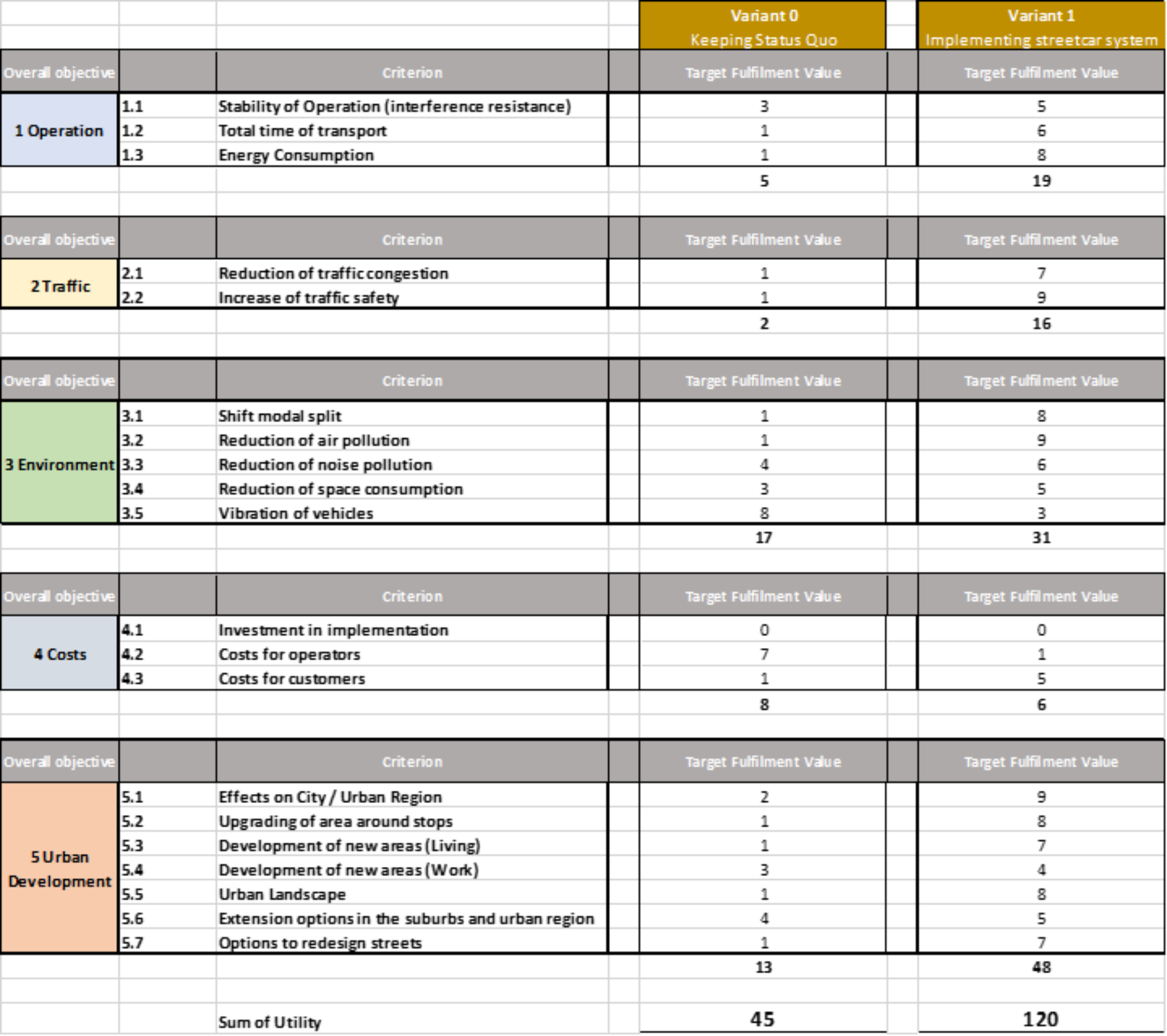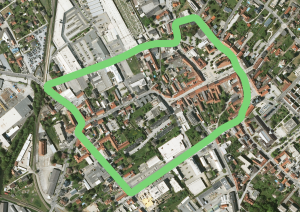Last week, PLANUM, represented by our Vienna office manager Julian Kundegraber, had the pleasure of holding a stimulating and in-depth discussion with the MBA Sustainable Mobility Management program at TU Berlin about transalpine freight transport in Austria.
During this event, the prospective mobility managers not only gained valuable insights into the process and challenges of data collection from a project organization perspective, but were also able to develop a comprehensive understanding of the complex structures of European freight transport. Particularly impressive was the detailed discussion of the areas of tension in transport policy at EU level, which once again emphasized the importance of a well-founded and precise data basis.
The discussion also highlighted the critical role of sustainable mobility strategies, particularly in the context of the European Green Deal. This aims to make the transport infrastructure in Europe more environmentally friendly and efficient and thus make a significant contribution to reducing CO2 emissions. The participants were encouraged to think about innovative solutions that are both ecologically and economically sustainable.
In addition to the technical depth, the event was characterized by a high level of interactivity. The participants contributed their own perspectives and experiences, which led to a lively and constructive discussion. Topics such as the promotion of rail freight transport, the optimization of logistics processes and the integration of new technologies were discussed in depth.
Another highlight was the examination of the current political framework and its influence on the development of freight transport. The discussions made it clear how important it is to base political decisions on solid data and sound analyses in order to develop sustainable solutions in the long term.
This exchange showed once again that cooperation between educational institutions and practitioners is invaluable. The combination of theoretical knowledge and practical experience creates a fertile basis for innovative and sustainable mobility solutions.
PLANUM would like to thank all participants and partners for the inspiring discussions and looks forward to further fruitful collaborations in the future. Together, we are committed to developing sustainable and future-oriented solutions in the field of European freight transport.








